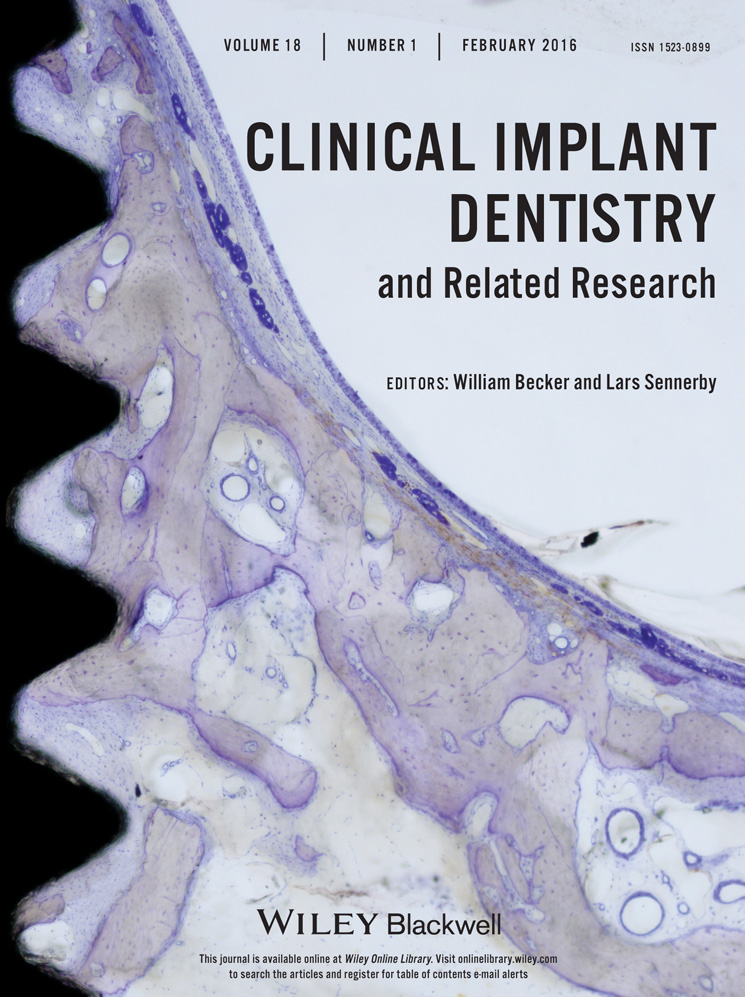Foreign Body Reaction to Biomaterials: On Mechanisms for Buildup and Breakdown of Osseointegration
Abstract
Background
The last few decades have seen a progressive shift in paradigm, replacing the notion of body implants as inert biomaterials for that of immune-modulating interactions with the host.
Purpose
This text represents an attempt at understanding the current knowledge on the healing mechanisms controlling implant–host interactions, thus interpreting osseointegration and the peri-implant bone loss phenomena also from an immunological point of view.
Materials and Methods
A narrative review approach was taken in the development of this article.
Results
Osseointegration, actually representing a foreign body reaction (FBR) to biomaterials, is an immune-modulated, multifactorial, and complex healing process where a number of cells and mediators are involved. The buildup of osseointegration seems to be an immunologically and inflammatory-driven process, with the ultimate end to shield off the foreign material placed in the body, triggered by surface protein adsorption, complement activation, and buildup of a fibrin matrix, followed by recruitment of granulocytes, mesenchymal stem cells, and monocytes/macrophages, with the latter largely controlling the longer term response, further fusing into foreign body giant cells (FBGC), while bone cells make and remodel hydroxyl apatite. The above sequence results in the FBR that we call osseointegration and use for clinical purposes. However, the long-term clinical function is dependent on a foreign body equilibrium, that if disturbed may lead to impaired clinical function of the implant, through a breakdown process where macrophages are again activated and may further fuse into FBGCs, now seen in much greater numbers, resulting in the start of bone resorption – due to cells such as osteoclasts with different origins and possibly even macrophages degrading more bone than what is formed via osteoblastic activity – and rupture of mucosal seals, through complex mechanisms in need of further understanding. Infection may follow as a secondary event, further complicating the clinical scenario. Implant failure may ensue.
Conclusions
Dentistry is still to embrace the concept of the biomaterials' healing- and immune-modulating effect when in contact with body tissues. The presented knowledge has the potential to open the door for a different interpretation of past, current, and future observations in dental implant science. From a clinical standpoint, it seems recommendable to react as rapidly as possible when facing peri-implant bone loss, trying to reestablish a foreign body equilibrium if with some bone resorption.




